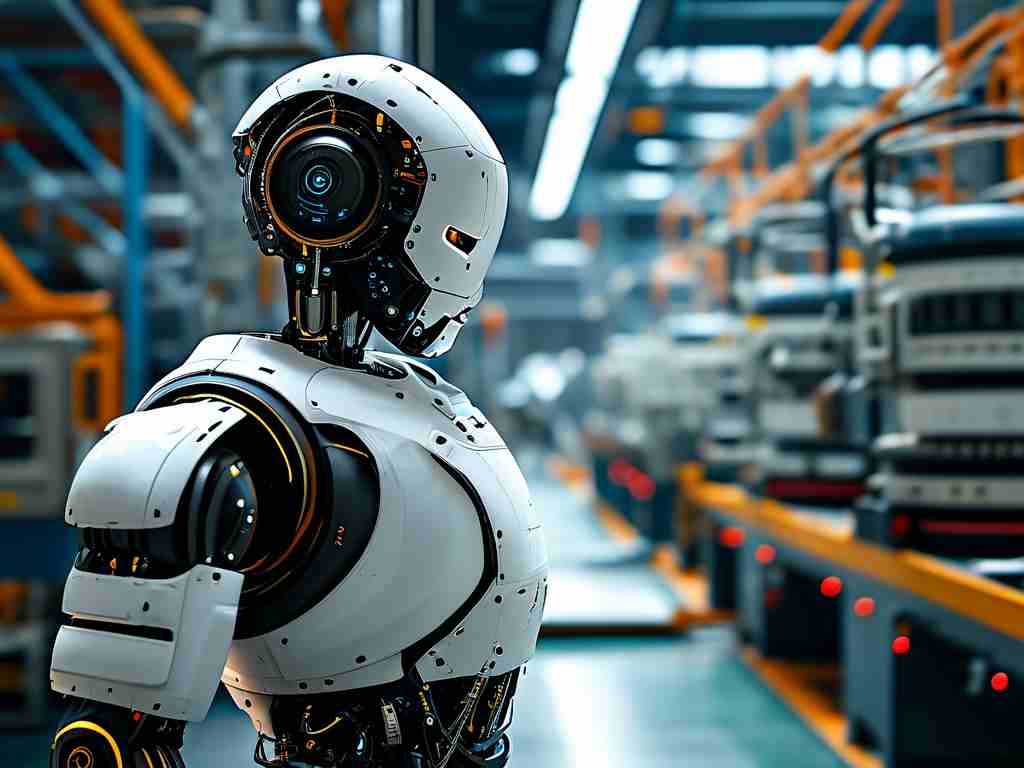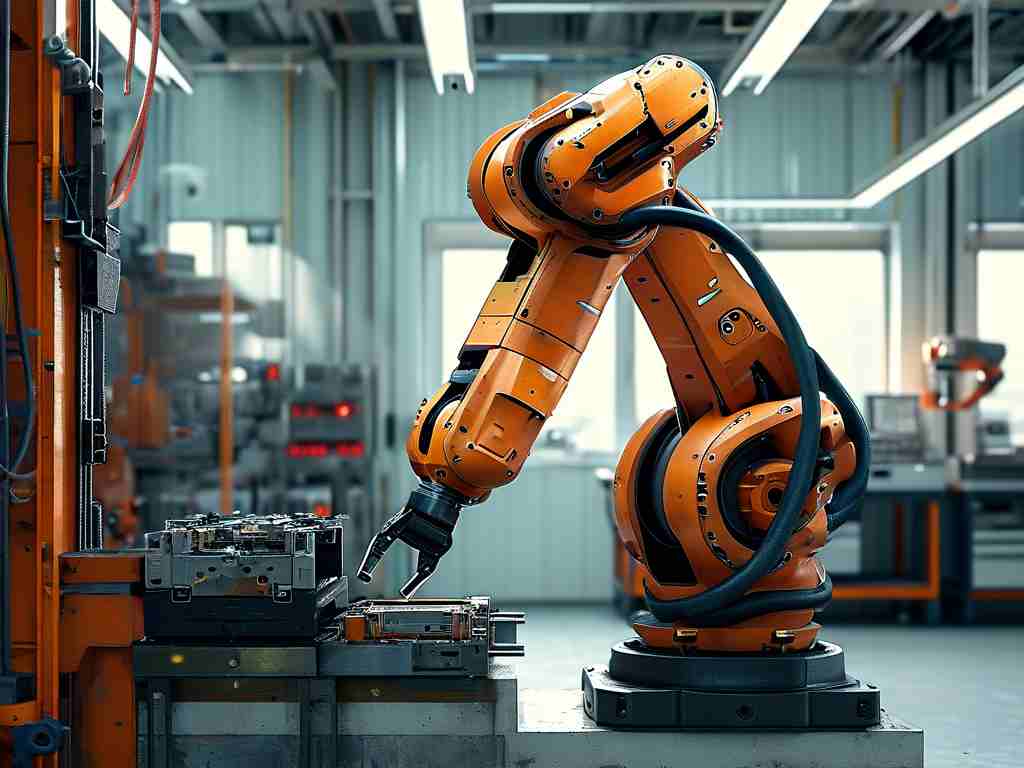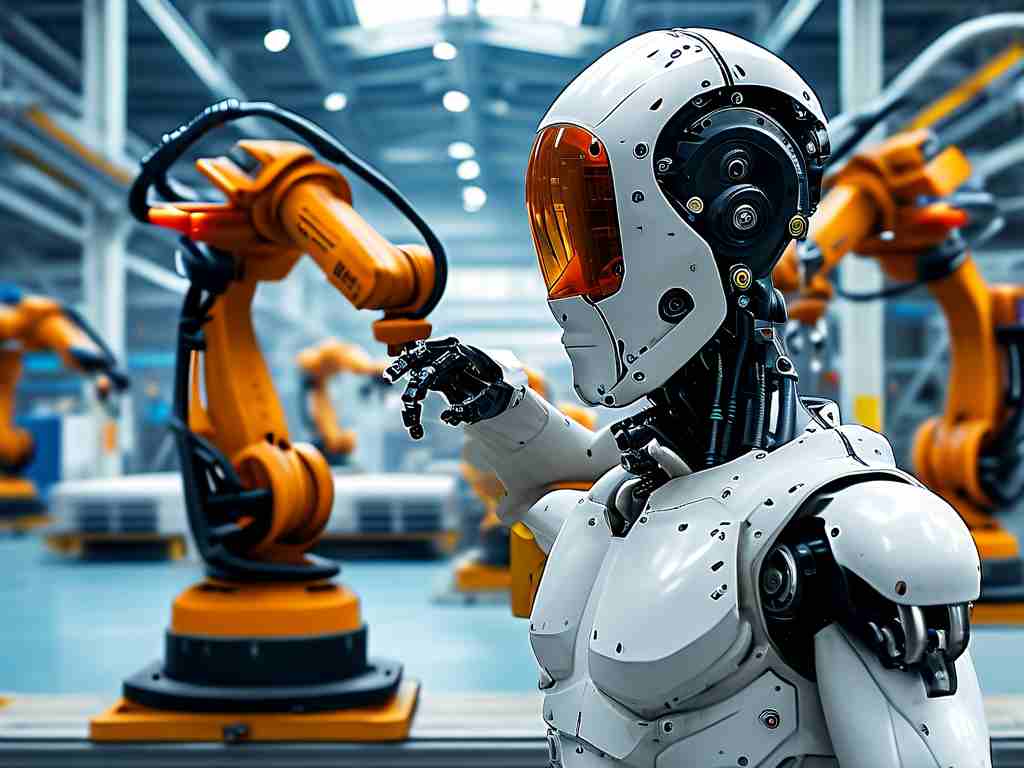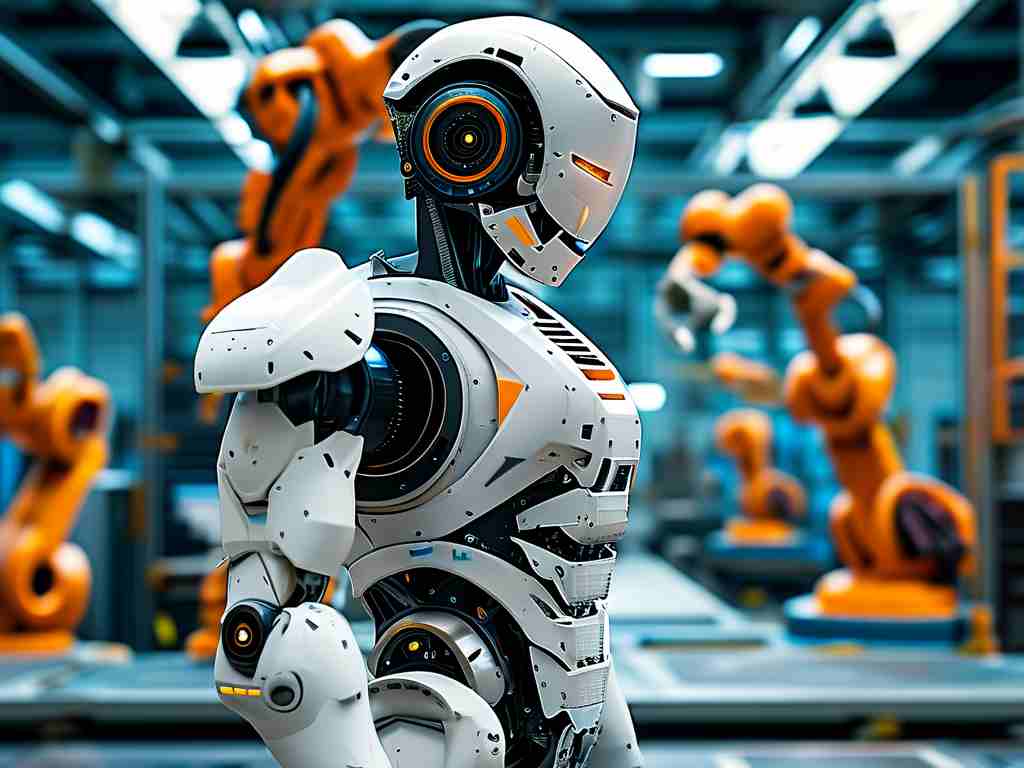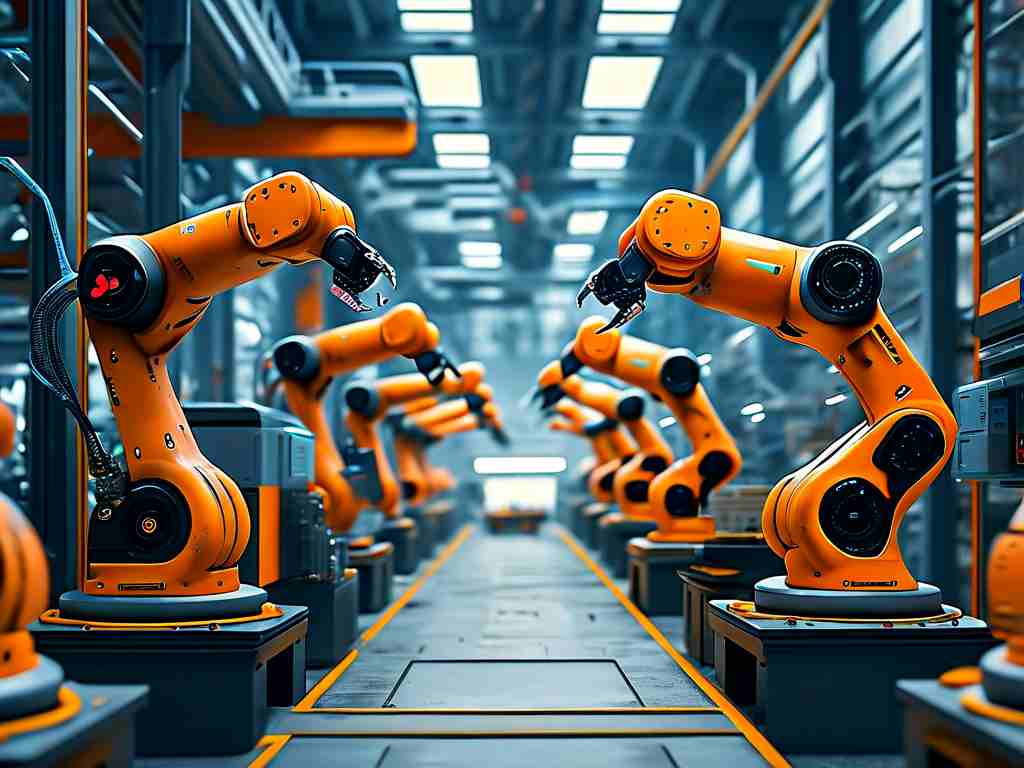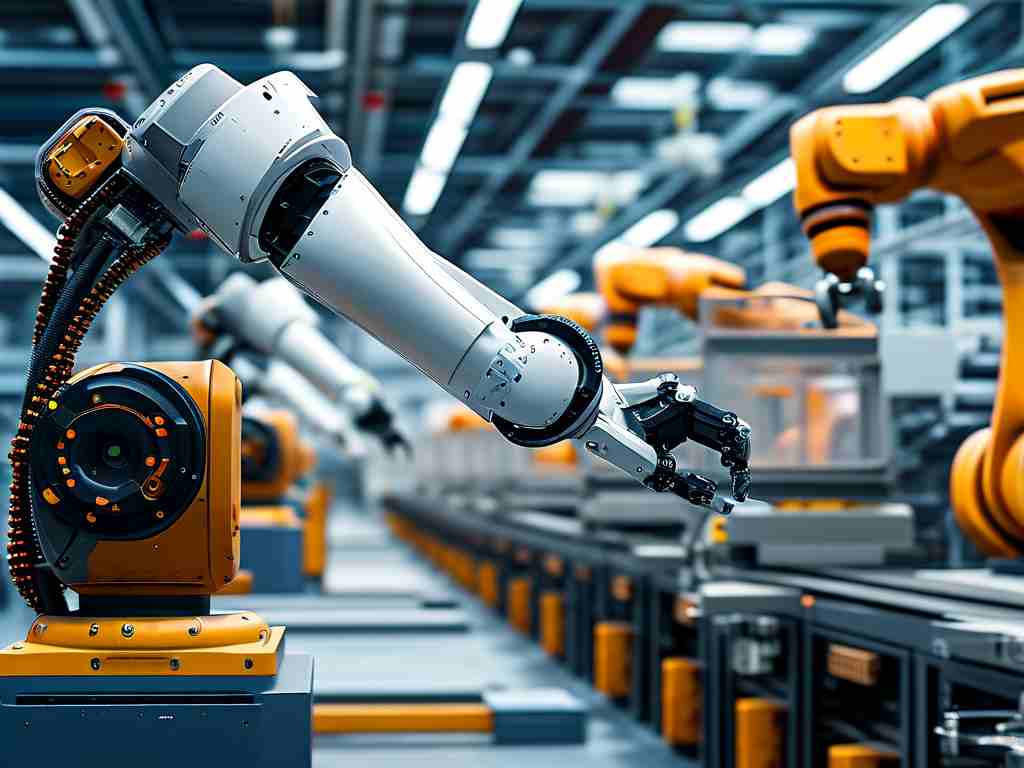The year 2009 marked a pivotal moment in robotics technology, blending industrial innovation with experimental research to reshape automation capabilities. While global economies grappled with financial instability, robotics advancements quietly laid the groundwork for modern automation ecosystems. This article explores key developments from that era and their lasting influence on contemporary technology.
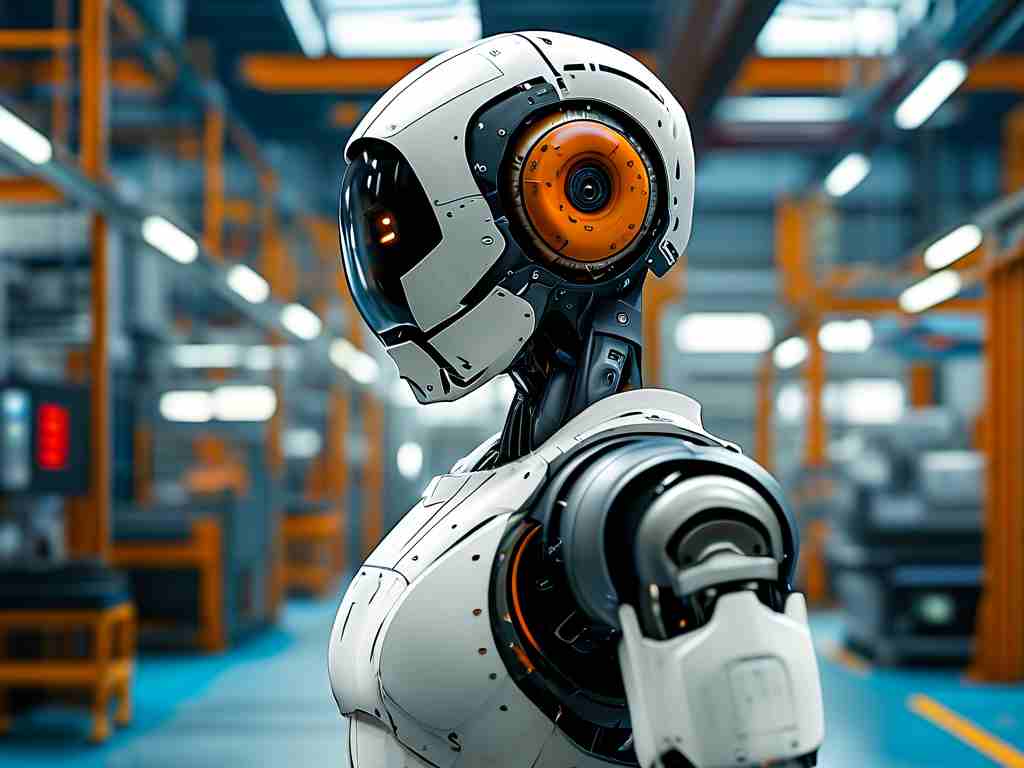
Industrial Automation Reaches New Heights
In 2009, manufacturing sectors witnessed accelerated adoption of collaborative robots (cobots). Companies like KUKA and Fanuc introduced arm systems with improved force-sensing capabilities, allowing humans and machines to share workspace safely. A notable example was the release of KUKA's LBR IIWA prototype, which featured integrated torque sensors in each joint—a design still referenced in today’s cobot architectures. Automotive factories in Germany and Japan reported 18% efficiency gains using these systems, according to International Federation of Robotics (IFR) data from Q4 2009.
Humanoid Robotics Break New Ground
Boston Dynamics captured attention with BigDog’s public demonstration—a quadruped robot funded by DARPA that could navigate rough terrain while carrying 150kg loads. Though initially designed for military logistics, its dynamic balancing algorithms later influenced disaster-response robots. Simultaneously, Honda’s ASIMO achieved milestone improvements in stair-climbing speed (1.7km/h) and object recognition accuracy, showcasing progress in bipedal mobility.
Medical Robotics Cross Critical Thresholds
The da Vinci Surgical System completed its 200,000th procedure in 2009, cementing robotic-assisted surgery as a clinical standard. New haptic feedback modules introduced that year allowed surgeons to "feel" tissue resistance remotely—a feature now mandatory in surgical robotics. Meanwhile, researchers at ETH Zurich prototyped a microrobot capable of navigating blood vessels, foreshadowing future nanomedicine applications.
Consumer Robotics Gains Momentum
iRobot’s Roomba 500 series dominated home automation with 1.2 million units sold globally in 2009. More significantly, the first ROS (Robot Operating System) distribution debuted, creating an open-source framework that now underpins 89% of academic robotics projects. This software democratization enabled small teams to develop navigation algorithms later commercialized in drone and AGV systems.
Economic Factors Shaping Development
Post-2008 financial constraints pushed labs toward cost-effective solutions. Carnegie Mellon’s NanoRover project demonstrated how $500 educational robots could teach SLAM (Simultaneous Localization and Mapping) principles—a stark contrast to million-dollar research platforms. Concurrently, China’s 863 Program allocated $46M to service robotics, catalyzing Shenzhen’s emergence as a robotics manufacturing hub.
Legacy and Future Pathways
Many 2009 innovations became foundational technologies. The force control methods from industrial arms evolved into today’s precision assembly robots, while BigDog’s stability algorithms resurfaced in Boston Dynamics’ Spot model. As we examine modern autonomous systems, from warehouse logistics bots to Mars rovers, their DNA often traces back to this transformative period.
Technical limitations of the era—such as lithium battery inefficiencies and limited machine vision resolution—pushed researchers toward creative solutions. These constraints birthed hybrid power systems and probabilistic navigation models that remain relevant. For developers studying historical robotics, 2009 offers critical insights into how practical challenges drive technological evolution.
Code snippet from a basic ROS 2009 node (historical version):
#!/usr/bin/env python
import roslib; roslib.load_manifest('beginner_tutorials')
import rospy
from std_msgs.msg import String
def callback(data):
rospy.loginfo("Received: %s", data.data)
def listener():
rospy.init_node('listener_node', anonymous=True)
rospy.Subscriber("chatter", String, callback)
rospy.spin()
if __name__ == '__main__':
listener()
This transitional phase in robotics history proves that technological progress often thrives under economic pressure, blending necessity with ingenuity to create enduring innovations.


